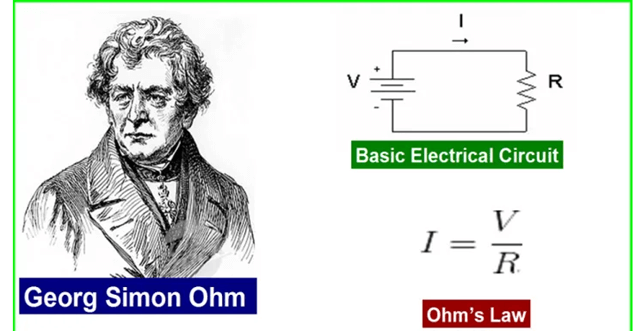In this article, we will find out how electricity does work? First we need to look at the structure of the atom. All the materials we use are made of atoms.
Atoms are made up of 3 particles: Neutrons and Protons are inside the nucleus, and Electrons are outside.
+ Neutrons have no charge
+ Proton has a positive charge
+ Electrons have a negative charge
Surrounding the nucleus are different orbital shells, and electrons move along these lines at very fast speeds.

Atom structure (Source: freepik.com)
How does electricity work
Atoms which can pass electrons are called conductors, and most metals are conductors. If we look inside a slice of copper cable at the free electrons surrounding the nucleus of the copper atom, you’ll see that the free electrons are able to move to other atoms. But this happens randomly in any direction.
If we then connect this slice of copper cable to a closed circuit with a power source, the voltage will force the electrons in the same direction.
On the other hand, atoms that do not have free electrons and Electrons can’t pass between other atoms are known as insulators.

Conductors and insulators
Basic units
+ Volt (V)
In a closed circuit, voltage is a pushing force of electrons within a circuit. It’s like pressure in a water pipe. The more pressure you have, the more water can flow. The more voltage you have, the more electrons can flow. The unit of electric current is Volt.
+ Amp (A)
Electric current is a directional flow of charge carriers. In electrical circuits, the current is generated by the movement of electrons along the conductor.
We can measure the flow of electrons just like you can measure the flow of water through a pipe. To measure the flow of electrons, we use the unit of Amp.
+ Ohm (Ω)
Resistance is a restriction to the flow of electrons in a circuit. The wire which carries the electrons will naturally have some resistance. The longer the wire, the greater the resistance; the thicker the wire, the lower the resistance. Resistance to the flow of electrons is different for each material. Electrical circuits use specially designed components known as resistors to restrict the flow of electrons.
+ Ohm’s Flaw:
The current through a conductor between two points is directly proportional to the voltage across the two points.
* I is the current through the conductor
* V is the voltage measured across the conductor
* R is the resistance of the conductor
. 
Ohm’s Flaw – How does electricity work (Soucre: electronicsandyou.com)
Classification of current
There are two types of current electricity. That being alternating current (AC) and then direct current (DC).
Alternating current means the current flows backwards and forwards in a circuit as the terminals are constantly reversed. Alternating current is the most common source of power, and the plug sockets in your homes, buildings, schools, work places, etc.
Direct current means current flowing directly in only one direction. This is what is provided from the battery and virtually all of your handsets.
Refer to a good video about electricity
>>> Related posts
How does static electricity work?